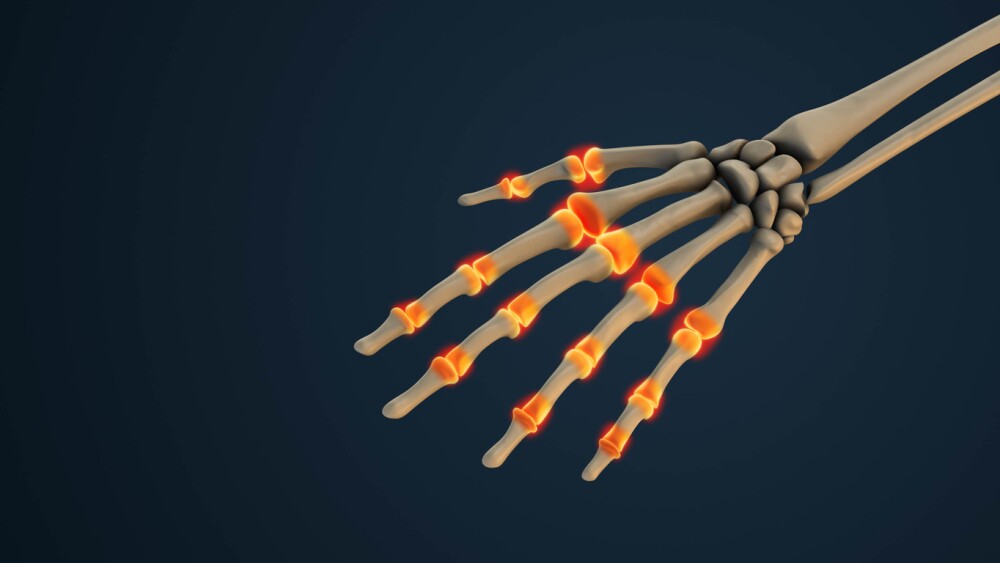Ensho Therapeutics CEO Neena Bitritto-Garg, recently named to BioSpace’s 40 Under 40, proved her mettle managing one of the toughest partnerships out there: the one between Eisai and Biogen that led to new Alzheimer’s drugs Aduhelm and Leqembi.
Neena Bitritto-Garg was just 26 years old when she wrote a consequential email to her CEO at Eisai. She believed the team was about to make a big mistake and no one was listening to her.
Heading into a key conference where Eisai would reveal to the world a positive study in Alzheimer’s disease—long a clinical wasteland of high-profile failures—she believed they needed to be more explicit about an imbalance of APOE gene carriers in the successful high dose group of the study. Scientists had determined that people who carry this gene progress faster in their disease than those without it. But regulators had asked Eisai to stop enrolling these patients in the high-dose arm because of an increased risk of amyloid-related imaging abnormalities (ARIA), which can signal bleeding or swelling in the brain. In the lower-dose groups, enrollment continued without adjustment because the risk was lower.
Bitritto-Garg, previously a Wall Street biotech analyst, suggested that they get ahead of this storyline and provide the company’s take on APOE status for the late breaking presentation.
She knew that her former colleagues and investors would see right through the focus on the successful high-dose arm and call out the low rate of APOE gene carriers. Bitritto-Garg thought that pulling out a subgroup of APOE gene carriers would help prove the case that the drug had been successful by showing there was no difference between carriers and non-carriers. If the presentation went ahead as planned, she predicted, Biogen’s stock would fall as the company’s fortunes were intrinsically tied to the Alzheimer’s work. She even wrote a fake analyst report, what she would have written if she were on the outside, and shared it with her boss at Eisai.
The presentation went forward without including Bitritto-Garg’s subgroup suggestions. Biogen’s shares fell as she’d predicted. She was later put in charge of managing the partnership with Biogen, which encompassed the ill-fated Aduhelm and, of course, the drug that would become Leqembi.
“It’s no secret that the relationship between Eisai and Biogen is not spectacular,” Bitritto-Garg said. She attributes the difficult relationship to cultural differences between a Japanese and American company.
But according to Bitritto-Garg, her decision to stand up is why, seven years later, Eisai trusted her with a clutch of immunology assets that became her company, Ensho Therapeutics.
Finding a New Purpose
Bitritto-Garg left Eisai around the time Aduhelm was heading for an FDA submission—a regulatory approval that would go on to become among one of the agency’s most controversial in its nearly 120-year history. She remembers the Biogen CEO calling for a meeting with Eisai’s top brass and the team hustling because they thought the partnership was in danger. Instead, Michel Vounatsos announced that Biogen would be seeking approval for the drug.
But Bitritto-Garg had already been seeking her next gig. She received an offer to go back to the sell side as an analyst at J.P. Morgan, which she took. From there, she got to watch the Aduhelm drama roll out from the sidelines, and then Leqembi rise as the successor. She got to cover those developments as an analyst, having established herself in the neuro space due to her time at Eisai. Bitritto-Garg always believed that Leqembi could be successful, even as her fellow analysts continued to project extreme caution.
“It’s incredibly validating to see the science and all that hard work really manifest into something,” Bitritto-Garg said of Leqembi’s approval.
Bitritto-Garg moved on to Citi and later Deutsche Bank in biopharma equity research roles. But then something caught her eye: Morphic Holding revealed data showing that the α4β7 inhibitor MORF-057 significantly reduced disease activity in ulcerative colitis. Analysts and investors were delighted, and the company’s stock climbed. But Bitritto-Garg was skeptical.
“I asked a bunch of the investors who are top holders of Morphic, like, what’s so exciting about this? Because I think there’s a signal, but it’s not a very strong signal,” she remembered. “The response I got was, well, there’s not a lot of oral α4β7 [inhibitors]. That could be huge.”
But Bitritto-Garg knew who had one: Eisai. “Immunology is not a strong suit for Eisai, so I saw an opportunity,” she told BioSpace.
From the Other Side of the Table
Bitritto-Garg reached out to her old boss at Eisai to see if the company might be interested in spinning out the asset. She offered to find the funding and build a new inflammatory bowel disease-focused company, to tap into the investor excitement around Morphic.
“‘We can unlock a lot more value for Eisai. You can focus on Alzheimer’s, you can focus on oncology,’” Bitritto-Garg remembered arguing.
She also recalls a distinct advantage she had in those initial discussions, which took about six months. “It also helped when I was negotiating the license agreement, because I used to negotiate for [Eisai], and now I’m negotiating against them.” She brought up the challenges she’d faced during her time working on the Biogen relationship and pressed that Eisai would need to partner these assets to someone, they might as well choose a person they knew was not only a tough negotiator but a friend. This wouldn’t be a “tumultuous relationship” for them, she said.
She ultimately sealed a licensing agreement for Ensho’s lead asset, now known as NSHO-101, as well as a handful of backup programs. Bitritto-Garg launched the company last year with her own capital, funding it through the first six months and the initial hires. She raised a friends and family round next and brought in a handful of executives she knew from her analyst work from Telavant, a Roivant company that had recently been acquired by Roche.
Then, Morphic did her another favor. The biotech got acquired by Eli Lilly for $3.2 billion on July 8, 2024—days after Bitritto-Garg had closed the deal with Eisai’s subsidiary for the assets.
“This was pure luck,” she said. “That actually resulted in a ton of inbound interest. I actually got, like, three term sheets from investors within days of Morphic being acquired.”
The interest was so high that Ensho wasn’t ready to absorb it all. Bitritto-Garg, fresh off the licensing deal win, hadn’t even planned out the company’s next steps yet. Wanting something more concrete to offer investors, the new CEO had to turn away those early offers.
“We had barely put together a clinical plan and kind of a fundraising plan, right? We were literally just at the very nascent stages when we got a ton of interest,” she said.
Drifting through the next several months without much additional capital, Bitritto-Garg and her team decided to work on the formulation for a few months to develop one pill, once a day dosing, rather than go straight into Phase II with the formulation that had previously undergone some Phase I safety testing. Ensho initially targeted a $225 million raise, which would have funded operations through a Phase IIb study.
But by the time that plan was ready and the formulation work underway, Bitritto-Garg said the market had turned, making fundraising more challenging. Ensho has since taken capital from friends and family and some institutional investors, raising a little over $24 million so far.
But now, Bitritto-Garg said, the company is on track to take NSHO-101 into studies for ulcerative colitis early next year. That means it’s time to fundraise again, and she’s been working hard to do just that, noting that she expects to sign a term sheet for a series A round “in the next couple of weeks.”
Bitritto-Garg added that she has several on her desk but she’s still negotiating the details, as she is want to do. Rumor has it, her legacy of tough negotiation lives on at Eisai, where an unnamed executive framed her fake analyst report and hung it on his wall.








